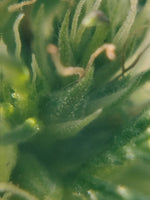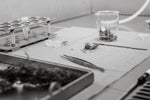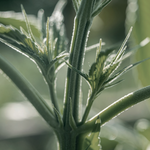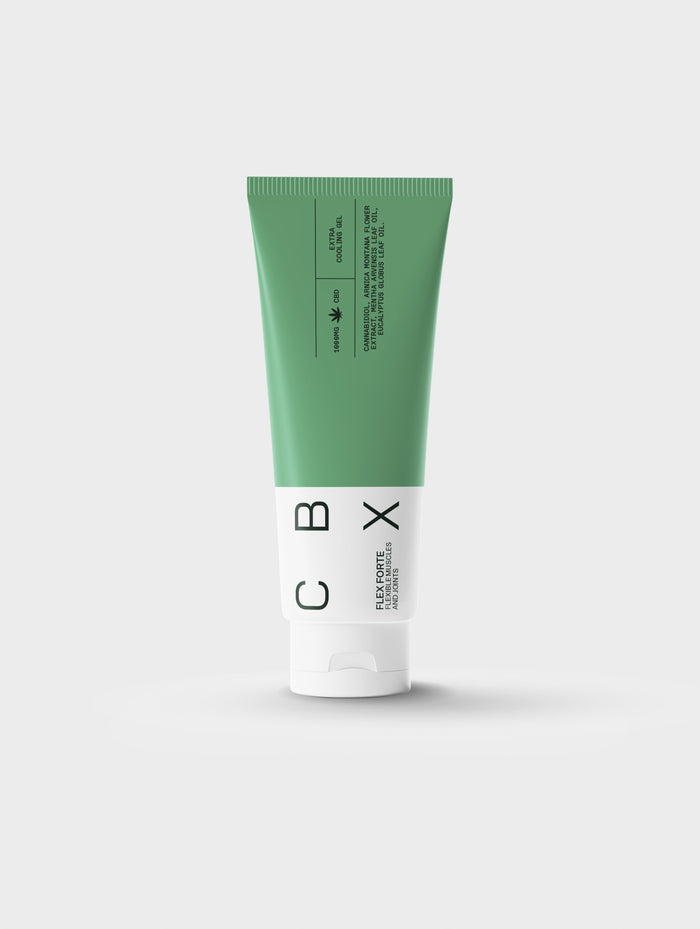Botanics
Cannabis is an annual plant of the Cannabaceae family, like
hops. The genus contains several species : Sativa, Indica and Ruderalis.
The Sativa species, poor in psychotropic principle (THC) is exploited
industrially for the quality of its fibers, then called
“agricultural hemp”.
This plant has unbridled sexuality:
Dioecious plant, two separate sexes , male plants fertilize
females to create seeds. There are some monoecious varieties
(= self-fertilized).
Anemophilous, it produces a large quantity of pollen
able to travel far: easy hybridization .
Culture
In our regions, cannabis is generally cultivated between May and September . The legal varieties in Europe, mainly “Sativa”, can easily reach more than 3 meters in height at the end of summer. The harvest is done according to the purpose of the cultivation: Seeds, flowers or fibers.

The different components of the plant
The flower 
Cannabinoids are concentrated in trichomes, the crystalline hairs found on the tops of the plant. Terpenes are the aromatic and volatile compounds of the plant. Flavonoids are the pigments responsible for the coloring of flowers and fruits (polycyclic phenols).
USE: HEALTH
Fibers 
The fibers are cells (1-4 cm long, 10-30 μm in diameter) with a swollen cellulose/lignin wall, associated in very long bundles (1-5 m). The fibers are used to make canvases, books, rope and...textiles!
USE: TEXTILSeeds

The seeds (hemps) are protein-oleaginous. They have a certain nutritional value, they are rich in proteins, Omega 3 and 6. The seeds are produced by female plants fertilized by male pollen.
USE: FOOD
The stems 
The stems are composed of fibers, cells with swollen walls of cellulose/lignin, and hemps, very short, very ligninous and absorbent fibers.
USE: INSULATION











